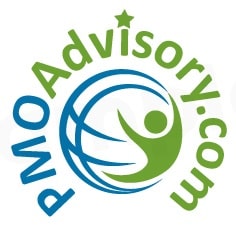Establishing the initial scope:
- Work backwards from the Project Objectives – The Project Objectives contain the products, services or results of a project that survive and are maintained after a project has ended. For each objective, define the steps needed to accomplish it.
- Construct a Context Diagram – (If you don’t know what a Context Diagram is, you can search this blog using that term). Define who your “Suppliers” and “Customers” will be and how you and the PMO will interact (what data will be exchanged).
- List the Processes – Once you have a Context Diagram, you can then create the list of internal PMO processes needed for every interaction. Some or all of these may also have been defined in the Project Objectives.
- Review the Stakeholder List – All of your Stakeholders (the ones affected by the product, service or result of your project) should appear on the Context Diagram. Review your list of Stakeholders to confirm this. If any are missing, add them and any interactions and internal processes associated with these Stakeholders.
Excerpted from ProfessorPM and Part 5 of the article “Establishing a Project Management Office (PMO)” . Visit ProfessorPM by clicking here.
We agree! PMO Advisory LLC, a leader in the fields of project, program and portfolio management, is launching a new comprehensive curriculum in Project Management Office (PMO) in the Fall of 2016. The first of the courses entitled “Successful Project Management Office” is designed for PMO professionals and project practitioners and is scheduled to be held on October 31st to November 4th, 2016 in New York City, Click here for details!

